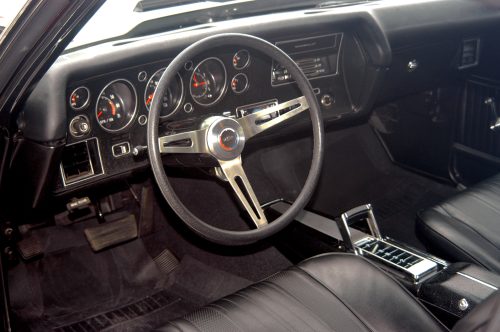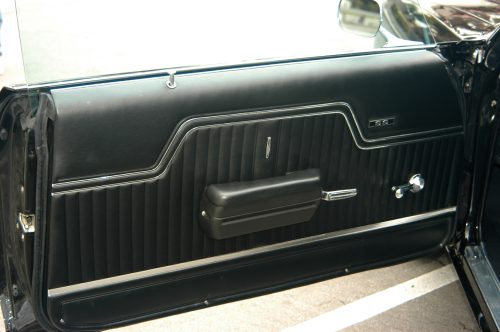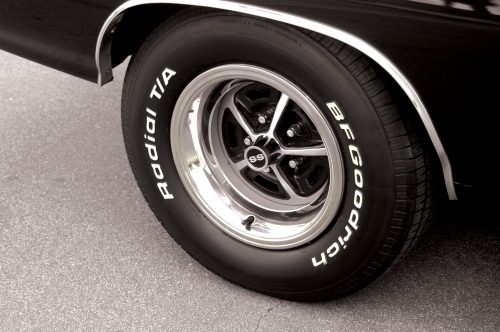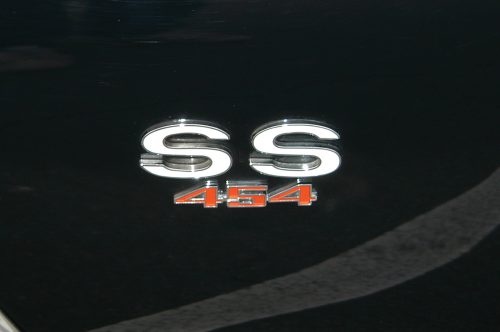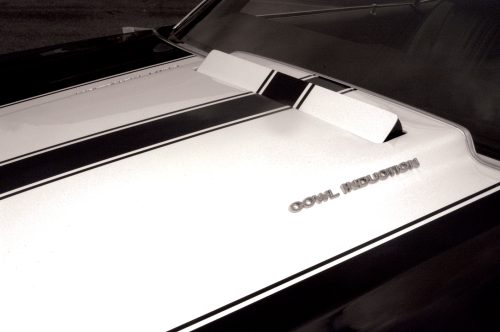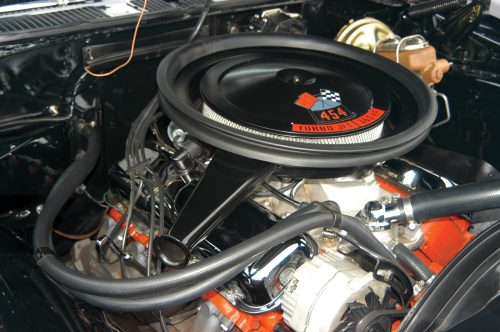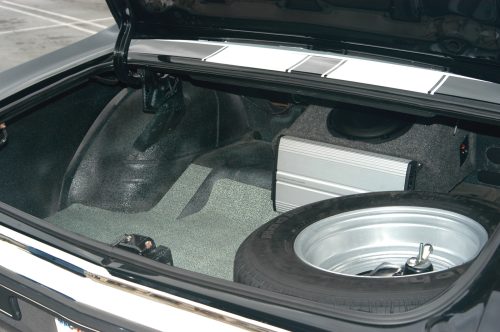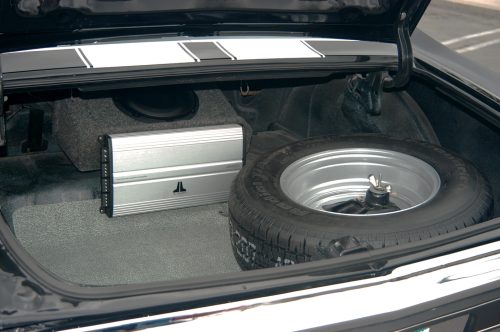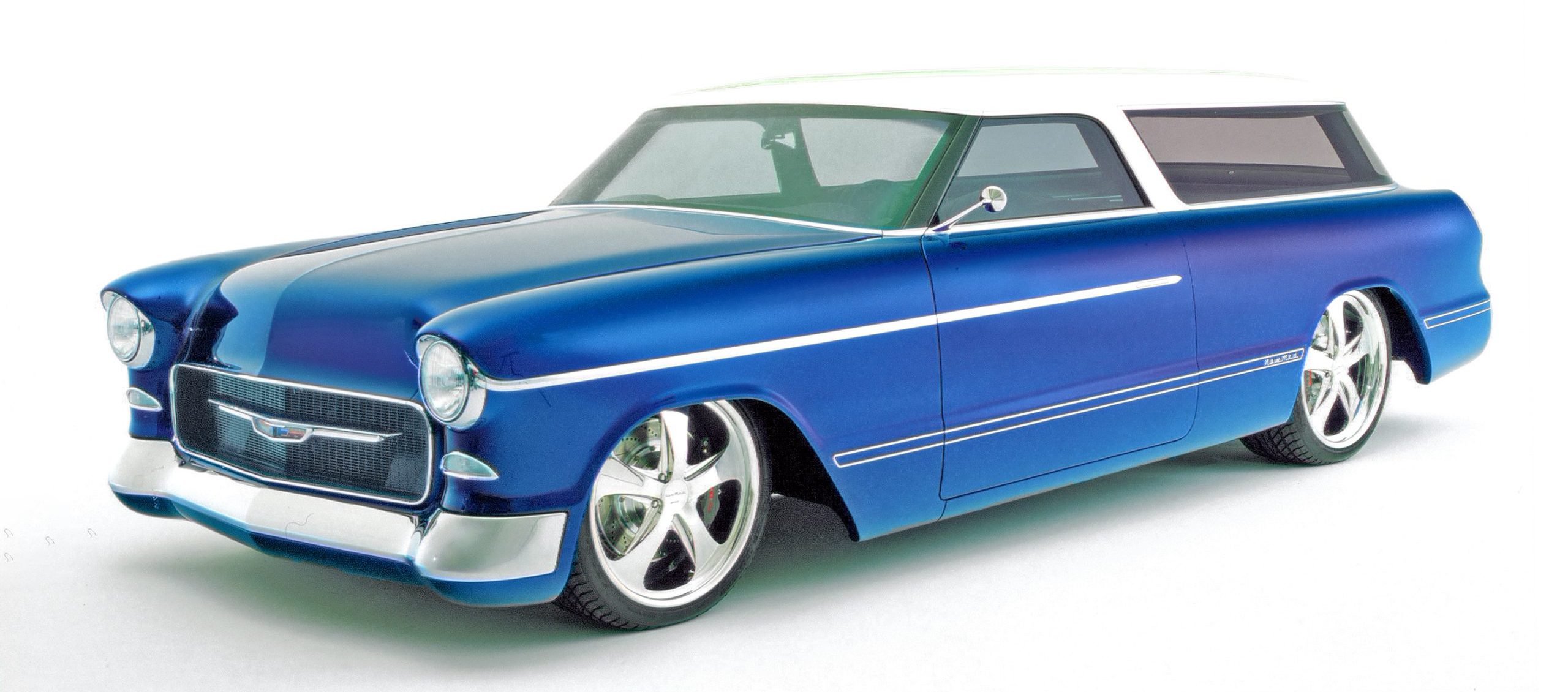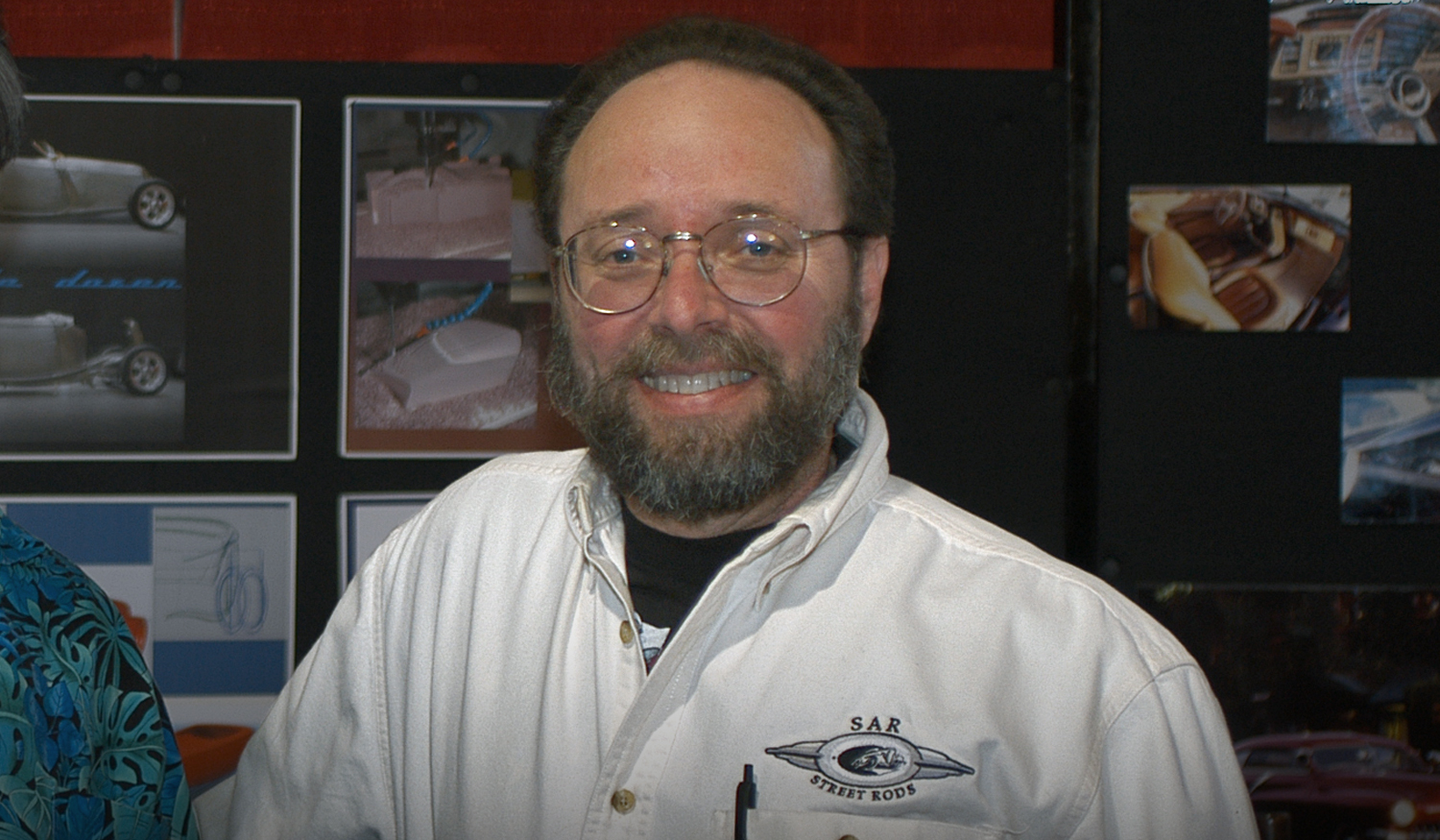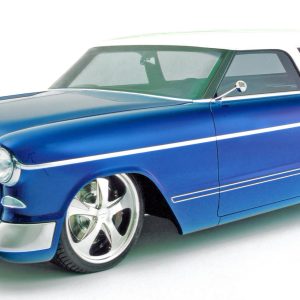Chevy Engineers and Designers Built the Ultimate Muscle Car in 1970
Story and Photography by Jeff Tann

As a result of the Super Stock Wars, Chevrolet was building some really fast cars in the early ’60s. Chevy took the 348 engine and made some cylinder head improvements, an increase in displacement, and added dual quads and some hot cam profiles, which resulted in big Chevys that were very competitive. The engineers were working very hard to make the engine even more competitive against the Mopars, and they came up with the “Mystery” engine, which proved to be very competitive in tests.
Unfortunately, corporate management had no interest in wasting money on racing, so they joined the insurance ban and banned any factory involvement in 1963. This shelved the Chevy “Mystery” engine, and life went on with the standard 409 offered as the top-of-the-line engine for high performance.
Being the rebel division that wasn’t afraid to step up for what they believed in, Pontiac decided that if they couldn’t compete in NHRA and NASCAR racing, then they should use their spare performance parts on the street to sell more cars. The result was the GTO, which marked the official beginning of the Muscle Car Wars. Even though it was credited as such, the GTO was not the first muscle car, but Pontiac believed in the demographics of the potential youth market, so in spite of company anti-racing policy, they secretly stuck a big engine in a small car and attempted to add a little more excitement.
All of the GM divisions had big-block engines that could be used in the smaller bodies except for Chevy. After the GTO was released, corporate management limited engine size to 400 ci. Buick had a 401 engine, which was close enough, but the 409 was too big to qualify. Chevy compensated by offering higher-horsepower 327 engines in the Chevelle, but the muscle car guys wanted cubic inches. Hard-core Chevy enthusiasts were not happy, so the “Mystery” motor came off the shelf and became the basis for the 396 engine that showed up in the middle of 1965. The engine was used in the Corvette and Impala, but it was not being produced fast enough to be used in the Chevelle as a regular-production engine. However, they did release 201 special-edition vehicles that were loaded and extremely expensive. They served as a preview of things to come.
Finally, in 1966 the Chevelle Super Sport was offered with a 396 engine in 325hp and 360hp variations. A 375hp engine could also be ordered, but it wasn’t on the normal dealer order sheet. This was probably done to limit liability issues. Dealerships could order a 375hp Chevelle, but because of an unpredictable lead time, the sales people would talk their customers out of buying one to make a sale, which this author knows from personal experience. The ’66 396 Chevelle was a resounding success, selling approximately 72,300 units, and to their delight, Chevy fans finally had a big-block car they could purchase.
Chevelles were popular throughout the ’60s, and they were reasonable boulevard warriors. In 1968, the redesigned body made the cars look even more menacing, and in keeping with the tradition of making a body change every two years, the Chevelle underwent another minor change in 1970. With styling ridges along the sides, the Chevelle had a more muscular look and also received a fully operational cowl-induction hood with a flap at the back that opened and closed with engine vacuum. This was also the first year for hood and trunk stripes, similar to the Z/28 Camaro. The best part of 1970 was the fact that the management finally dropped the 400ci engine limit, enabling the 454ci engine to become available in the Chevelle.

The standard 454 engine that was optional in the Chevelle was the LS5, rated at 360 hp. The same engine was rated at 390 hp in the Corvette. The top-of-the-line Corvette 454 engine, the LS6, was rated at 450 hp. Similar to the 375hp 396, the LS6 454 engine was available in the Chevelle, but it was not publicized. As it fate would have it, the Corvette assembly line moved to Bowling Green, Kentucky, so Corvette production was somewhat limited, and this meant that the LS6 engine was never installed in the Corvette. Some Chevelles were ordered and delivered with the 450hp LS6, which was the first and last time that a Chevy passenger car had a more powerful engine than the Corvette.
The ’70 Chevelle in this story is powered by the 360hp version of the 454 and is hooked up to a Turbo 400 automatic transmission. When this Chevelle was ordered new, it was purchased with power steering, power disc brakes and the cowl-induction hood. The inside is also at the top of the line, with bucket seats, a console and the Super Sport gauge cluster.
The Chevelle was a complete body-off restoration, and the frame features a completely rebuilt front suspension that was detailed and painted to perfection. The 12-bolt differential was also rebuilt and painted according to Chevy production specs. The control arms were also restored with new bushings, and while all this was being done, the body was made super straight. The bumpers were removed and chromeplated, and the wheel well trim rings were also straightened and polished. When complete, the body was painted with black PPG basecoat/clearcoat, and white stripes were added.

Page Jenkins always wanted a nice Super Sport Chevelle, so he purchased this newly restored car and delivered it to Precision Street Rods in Northridge, California, where some finish work had to be done. The engine wasn’t running well, so PSR rebuilt the carburetor and gave the engine a complete tune-up. When finished, the engine was running perfectly. The interior didn’t look as nice as the rest of the car, so the seats were removed and recovered. The carpet was replaced with new reproduction fabric that looked terrific, and in the process of doing the interior, the dash was removed, and all of the gauges were cleaned and restored. One change from original was the installation of a new stereo system, with a remote CD changer located in the trunk.
When Precision Street Rods was finished, the car ran and looked great. And since Jenkins believes in driving and enjoying his cars, he was happy with how it turned out. Jenkins works as an investment advisor, and he can tell you that in today’s world of muscle cars, this ’70 Chevelle is a great investment because it’s one of the best and most popular mid-size muscle cars that Chevy ever built.








